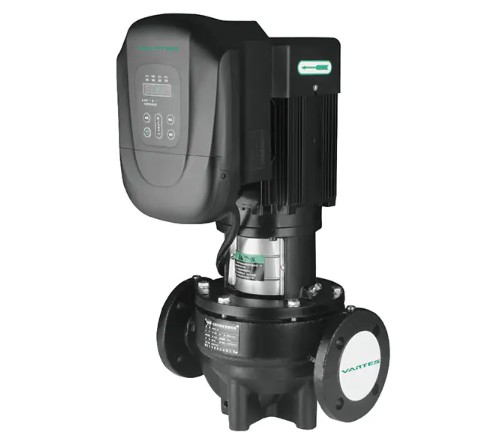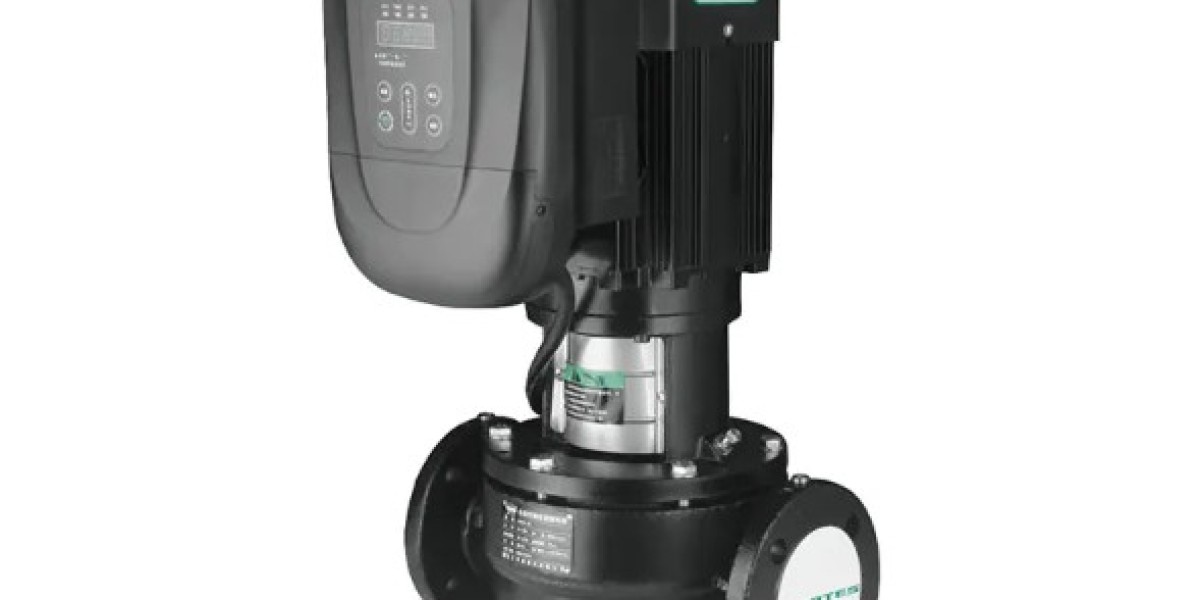Every water circulation system requires a dependable device to maintain steady movement and pressure balance, and that function is efficiently handled by the Pipeline Circulating Pump. Designed for continuous operation, it ensures that water keeps flowing through pipelines without interruption, supporting efficient heat exchange and minimizing energy waste.

VANTES, with more than thirty years of dedication to the HVAC industry, offers a wide selection of circulating pumps that blend modern technology with durable engineering. The R&D team in Germany collaborates with industry experts to refine fluid mechanics and improve pump performance. This results in models that adapt easily to the dynamic demands of heating, cooling, and water treatment systems.
The pump’s horizontal alignment and flanged ends allow easy installation along pipelines, eliminating the need for complex foundation work. The mechanical seal and precision bearings contribute to long-term durability, while the high-efficiency motor ensures consistent output with low noise and minimal vibration. Each component is designed to operate under varying loads, enabling stable flow in both residential and industrial systems.
In water treatment applications, the pump helps maintain the continuous flow required for filtration and purification processes. It prevents stagnation and supports consistent circulation through filters and exchangers, keeping water quality stable. Within HVAC networks, it balances heat transfer between source and distribution points, ensuring a uniform indoor temperature environment.
The Pipeline Circulating Pump represents a blend of practicality and precision. Its ability to maintain circulation under changing conditions makes it a critical component in energy-saving systems. By reducing inefficiencies in flow control, it supports long-term operational stability and contributes to sustainable energy use across buildings and facilities.



